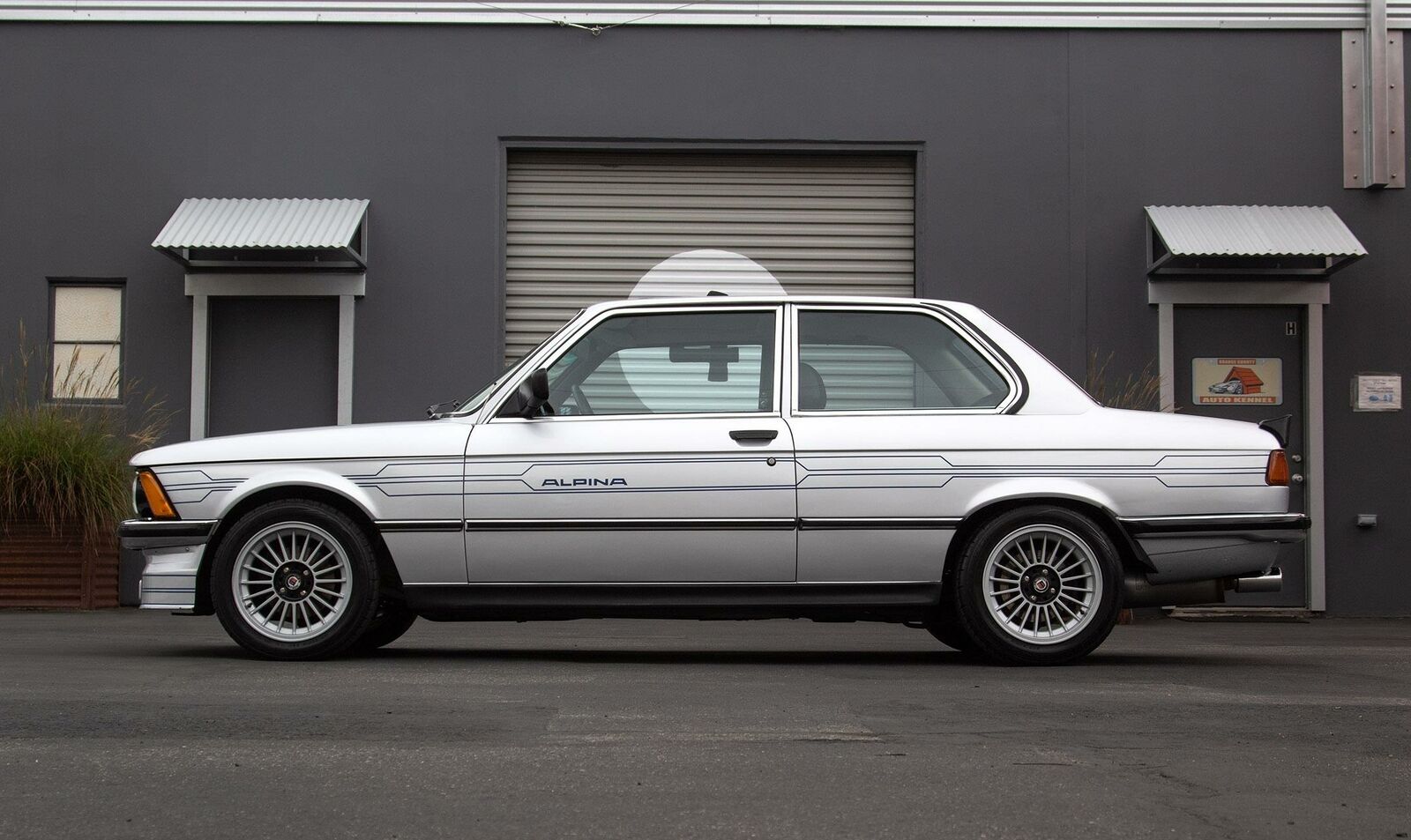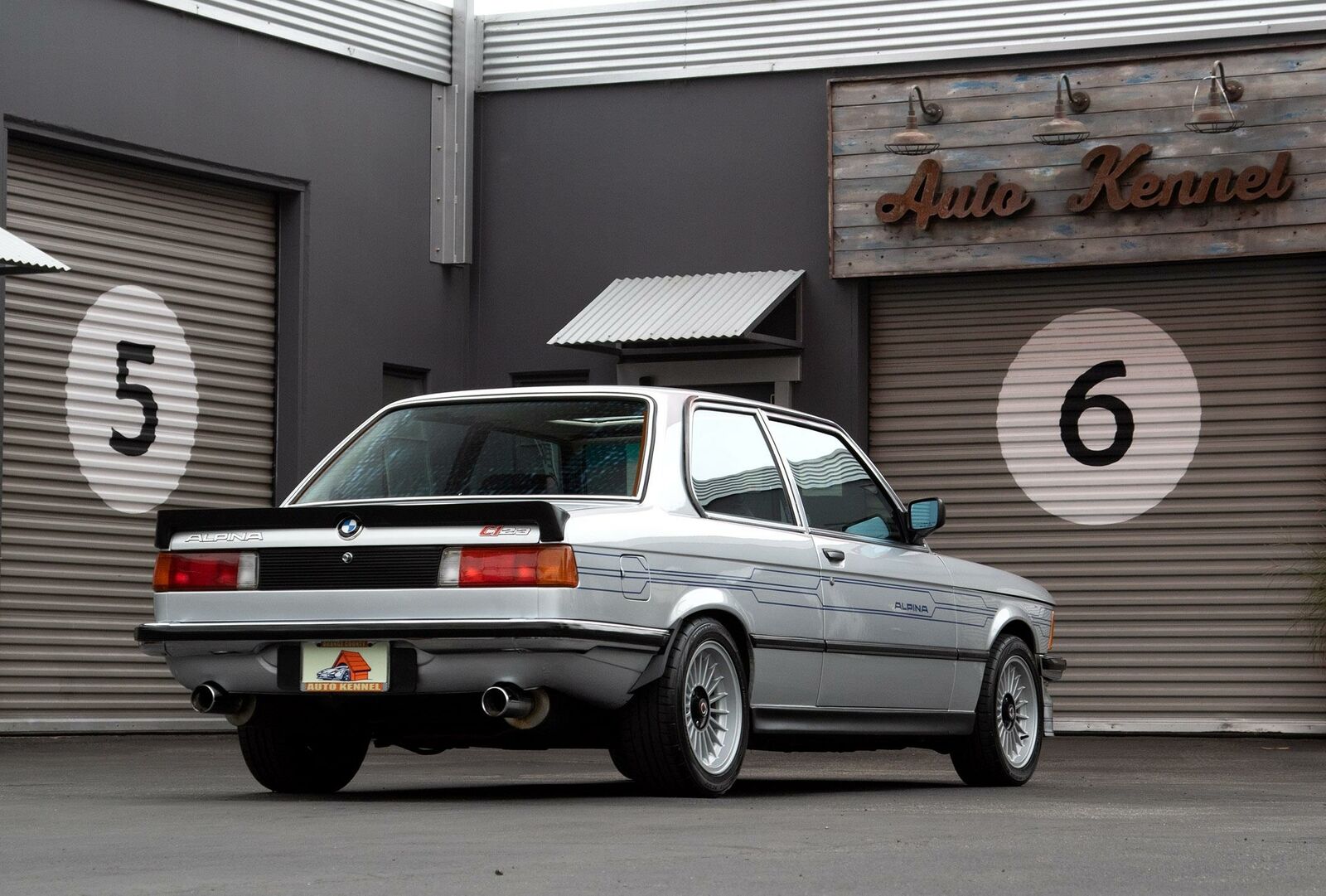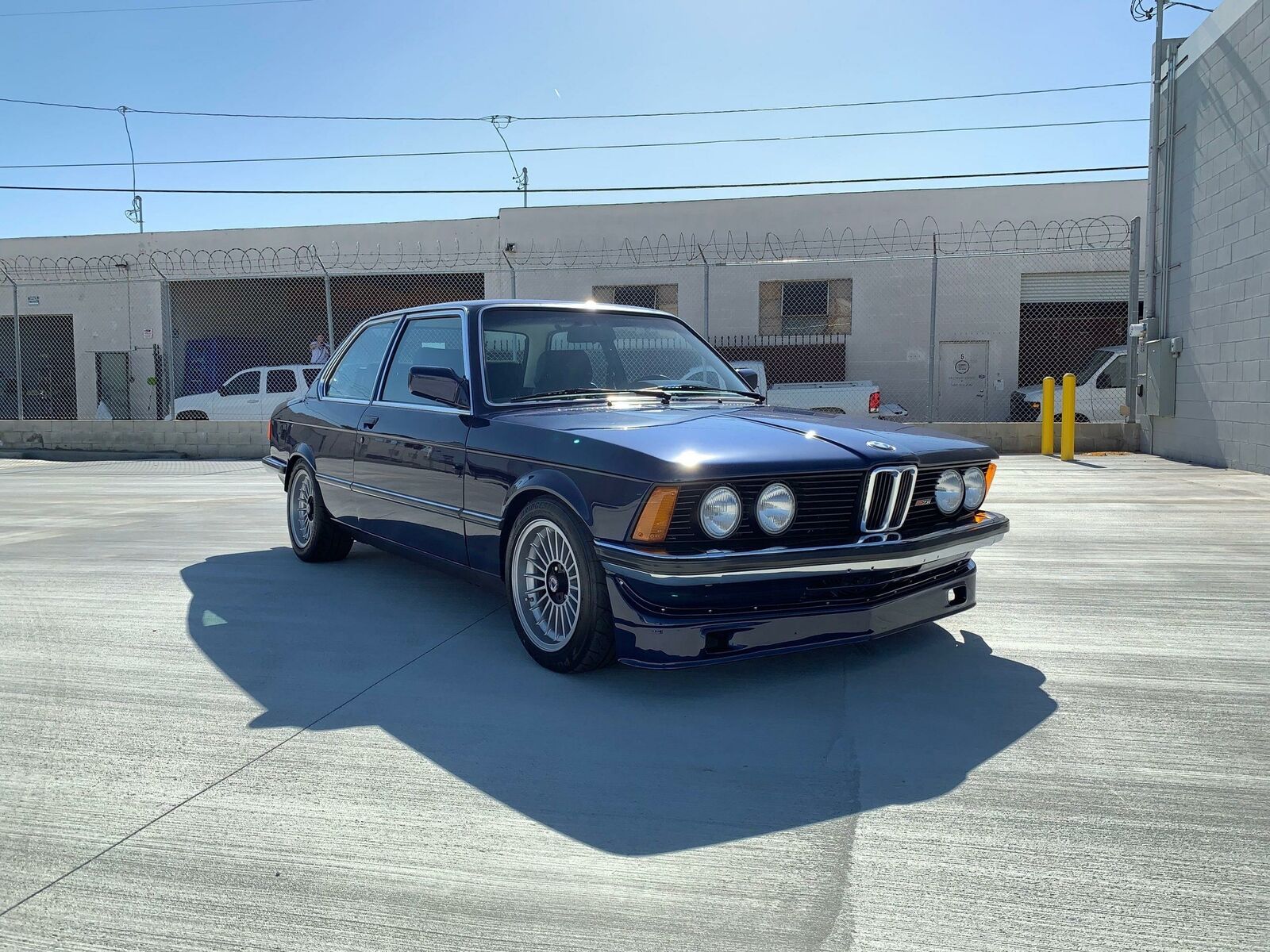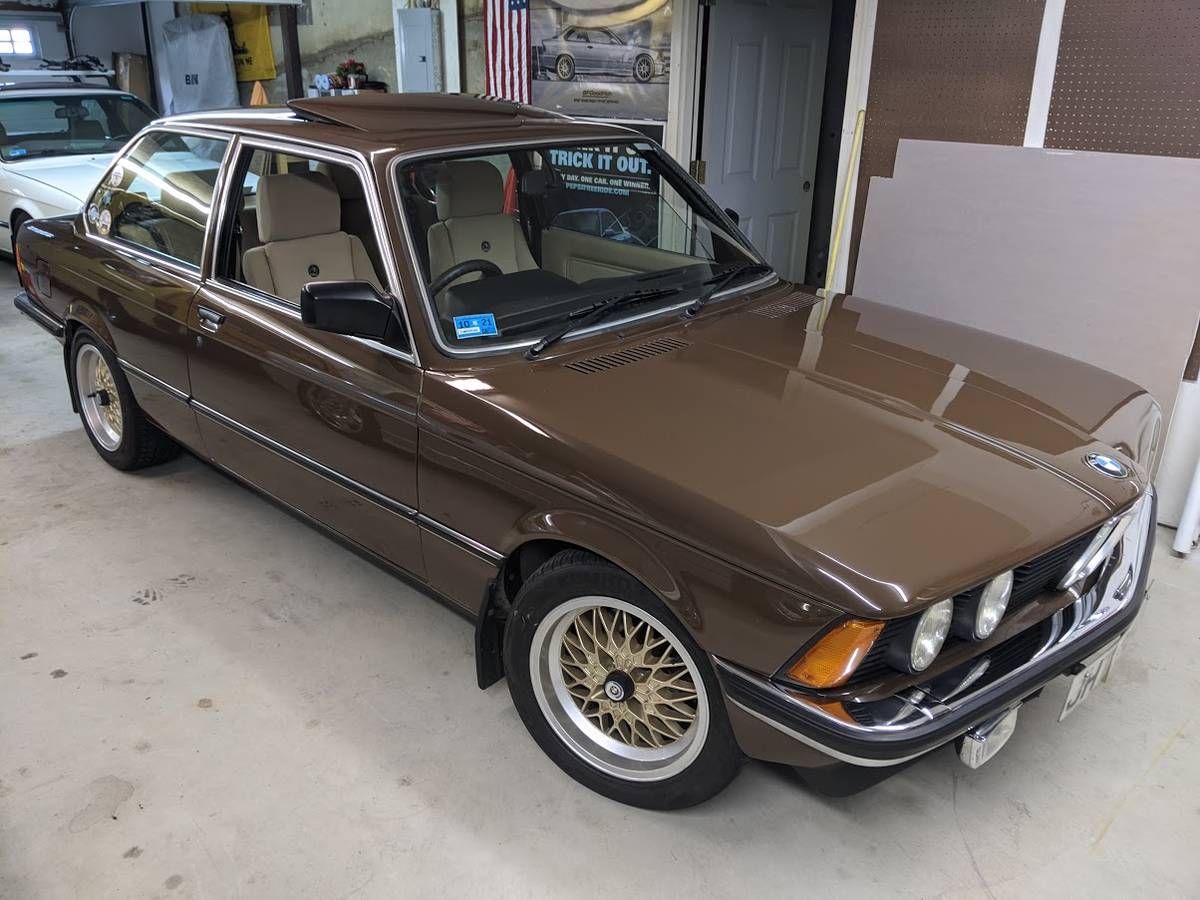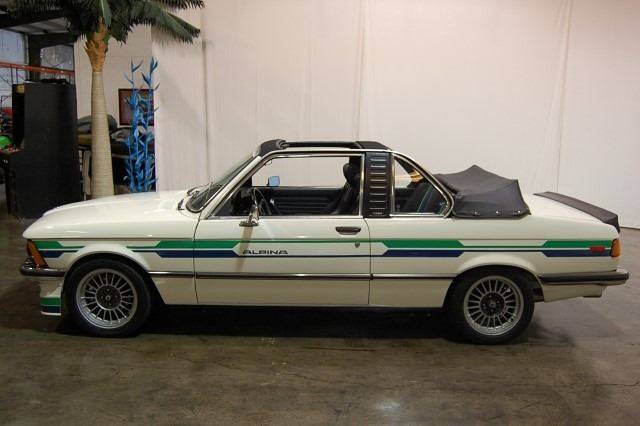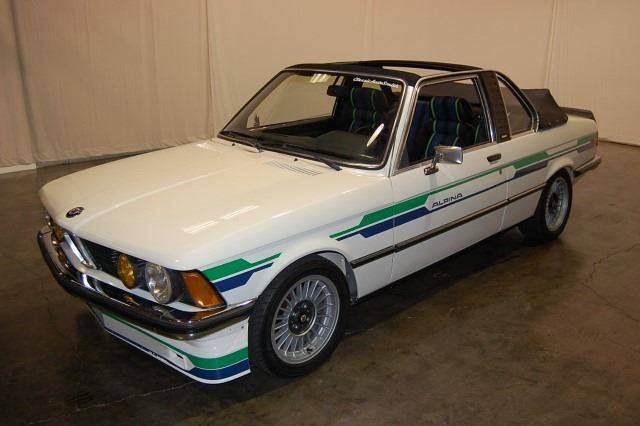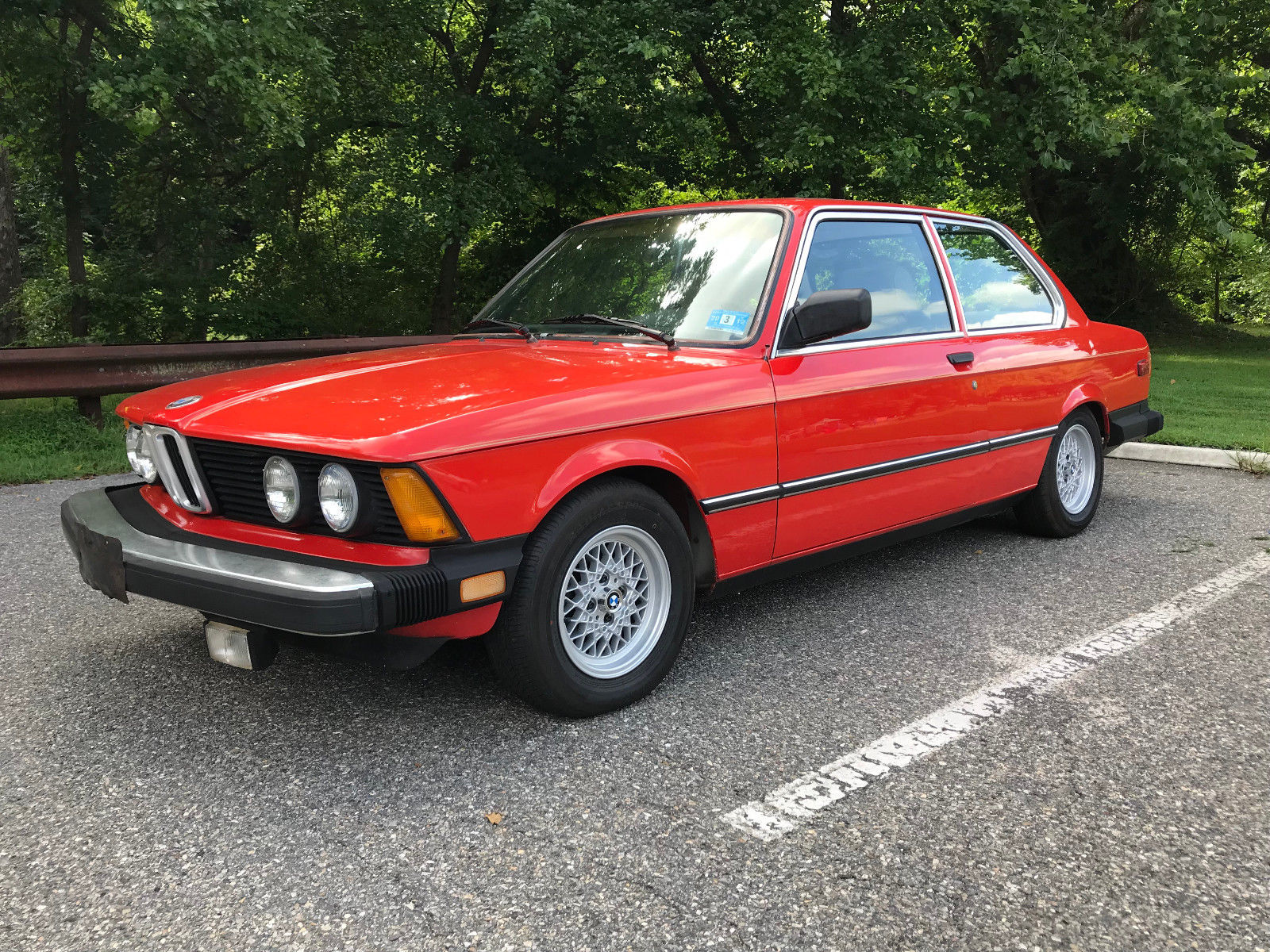The E21 generally remains the affordable classic in the 1970s to 1980s BMW range, being undervalued when compared to many of the E10s and E30s. It has all the right ingredients for the BMW faithful, too – especially in little six European trim. The 323i looked like a scaled down 6-series and it effectively was, but that doesn’t make it in any way unattractive. Alpina, too, had their had in this model, producing no less than seven variants in a short run. The most popular is the bad boy B6 2.8, but there was a lesser known M20 powered C1 2.3, too. With 170 horsepower and all the right Alpina details, it’s begging for the attention that it deserves:
Tag: e21
Launched in 1978, Alpina’s B6 model took the 2.8L inline-six out of the big brother E12 528i and stuck it into the chassis of the E21 323i. Revisions from Alpina yielded 200 horsepower; pretty impressive for the period – but more was to come, as a new induction system in 1981 cranked it up to nearly 220 horsepower. For some perspective, the ‘high-performance’ L82 Corvette cranked out 220 horsepower at the same time. Coupled with Alpina’s aerodynamic revisions, improved suspension, and awesome turbine wheels – not to mention some fantastic interiors – it’s no surprise that these were popular; at least, by Alpina standards. The company sold over 500 of the model, though they’re relatively hard to find today. Today’s beautiful ’79 is number 66 of the run, and for good measure it’s been turned up more than a few notches.
CLICK FOR DETAILS: 1979 Alpina B6 2.8 on eBay
7 CommentsAs with the first 5-Series, the E21’s reputation has suffered in the wake of the models that replaced it and the legend which preceded it. The US-market models were long on bumpers and short on engine choices and while a lot of them sold here when new, they just never really grabbed the enthusiast following of either the ’02 models or the E30.
Yet there are good examples that pop up from time to time, especially when they’re presented in European guise and with the gutsier inline-6 under the hood. The model that often pops to mind is the 323i, one of which I looked at back in 2018. But there was also a carbureted version called the ‘320/6’, which used the M20 hooked to a single Solex. That’s what we’re looking at today, but this one not only has the more desirable look at motor, but also a host of period-style mods to go with it:
CLICK FOR DETAILS: 1980 BMW 320/6 on Rhode Island Craigslist
1 CommentWhen enthusiasts think of custom coachwork and Germany, one name usually springs to mind: Karmann. Most identifiable for their combination with Ghia’s designs for Volkswagen, Karmann produced not only their eponymous creation Karmann-Ghia in both Type 14 and Type 34 configuration, but also the Beetle convertible. Volkswagen’s association didn’t end there, though, as the first Rabbit Cabriolets, both versions of the original Scirocco and the later Corrado were all built by the firm. So, too, were some of the first Porsche 356, 911 and 912 models, along with the 914. BMW, too, turned to the firm for ‘Big Coupe’ production, from the 2000CS to the E24 6-series. But when it came time to take the top off of their small cars, BMW looked elsewhere.
From Osnabrück, BMW headed into the heart of the enemy’s home in Stuttgart, where Karosserie Baur was located. Baur was the company that BMW turned to when plans with Lamborghini to produce the supercar M1 fell through. Baur would later be the home that the infamous Group B Sport Quattro and Porsche 959 were produced in. In short, Baur was responsible for some of the most significant designs in German motoring and has plenty of expertise in factory-quality experience. It should come as no surprise, then, that they were the company that BMW selected to produce the first 3-series convertibles.
Taking the roof off the car seems simple enough; just grab a saw and say ‘How hard could it be?’ Well, not so fast, as structural rigidity rears its ugly head. Beyond that, in the 1970s government nannies were indicating that the idea of a topless car was going to be outlawed, leading many manufacturers – including all of the major U.S. brands – to abandon the idea. Baur’s solution to the problem was to create a roll hoop ‘Targa’ model, which as we know from Porsche models offered multiple roof positions while simultaneously solving the issue of structural rigidity and occupant safety. But Baur wasn’t able to utilize the ‘Targa’ nameplate, as Porsche owned the copywrite of the title. Baur instead called the new partially topless 3-series the Top Cabriolet, shortened to TC. BMW offered these as a full-factory option and maintained the warranty, as these cars were expensive in period – a 320i like this one hit the market at the equivalent of $14,000 in 1979 (about $50,000 today) and selecting the Baur TC1 option added some $6,000 (about $21,000 today) to the price. Just for reference, that’ll buy you TWO brand new 230is today.
CLICK FOR DETAILS: 1979 BMW 320i Baur TC1 on eBay
3 CommentsPerhaps 2019 will be the year of the E21? Along with the early 7-series E23, these relatively unloved BMWs remain solid values in the classic car world. Why? Well, it’s pretty simple. The E21 didn’t have the spunk of its E10 predecessor, nor the looks, power or handling of its E30 replacement. Even without those bookmarks, if you’re looking at late 70s to early 80s BMWs, the star power still is firmly planted in the E24 while the E12 and early E28s are more classic and practical. That leaves the E21 in a strange limbo of value, making it hard to justify restoration or keep miles off a clean chassis.
So herein lies this comparison; both Henna Red 1982 BMW 320is, I found a pretty clean light restoration candidate and a reasonably clean high mileage “S” package. Traditionally, the Sport package has always been the star in this Washington Generals lineup, so will that hold true today?
